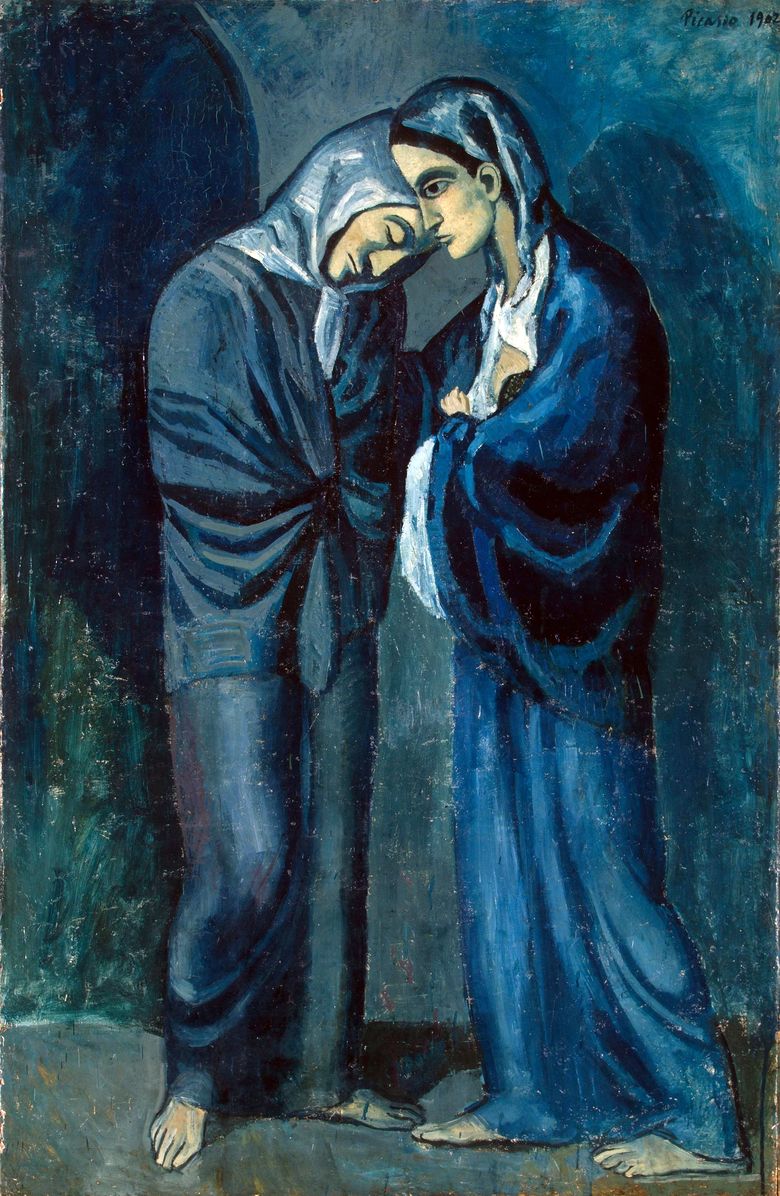
The story of this story is simple and prosaic. The author “peeped” her in one of the hospitals where prostitutes were treated. It is worth looking more closely at the figures in order to understand the whole point of this meeting: you can see a baby in the hands of a young woman. The dissolute mother gives her unexpected child to the care of the monastery. In the eyes of the artist, this scene acquires a deep, biblical meaning and meaning.
The master in the image of the scene sends the viewer to the frescoes of Romanika and mosaics of Byzantium. Here he accurately conveys the poses and plasticity of the figures, the folds of clothes, the faces of the heroines themselves. In mournful obedience and without any condemnation the nun is ready to accept the fruit of another’s sin.
The appellant strikes the viewer with a hopelessly hopeless, absent look. Interestingly, the shadow cast only one of the women, the one that brought the child. This shadow is like an allusion to the sinful past of the heroine. Women bowed their heads to each other. In this position, and forgiveness, and redemption. The only thing that is not in the picture is hope, love and faith.
The righteous and the sinner are figures equal to God. Hence the double name in which the key word is “sisters”. Iconic aesthetics further emphasizes the Christian content of the painting. The mood of the work is calmly emphasized, the atmosphere is cold, and the composition itself is static, so characteristic of medieval art, when the canon was the main thing in any work, the set of rules for which creates any image of the biblical story associated with the reflection of the sacred world.
 Date by Pablo Picasso
Date by Pablo Picasso Deux soeurs (Date) – Pablo Picasso
Deux soeurs (Date) – Pablo Picasso Icarus Fall by Pablo Picasso
Icarus Fall by Pablo Picasso Blind beggar with a boy by Pablo Picasso
Blind beggar with a boy by Pablo Picasso Son by Pablo Picasso
Son by Pablo Picasso Las Meninas by Pablo Picasso
Las Meninas by Pablo Picasso Life by Pablo Picasso
Life by Pablo Picasso Les Demoiselles d’Avignon by Pablo Picasso
Les Demoiselles d’Avignon by Pablo Picasso